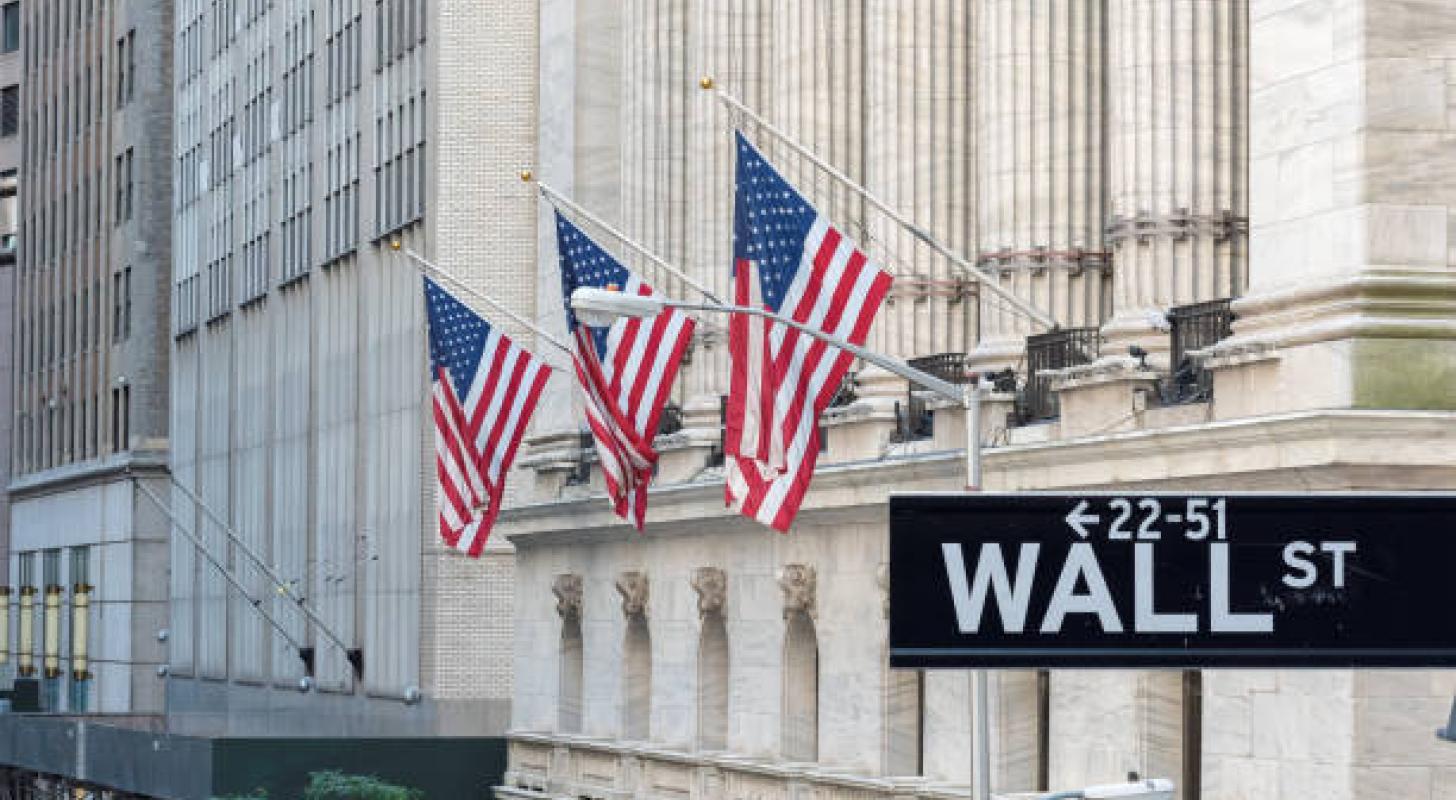Commodities
Dow Jones and S&P 500 are down 0.3-0.5%. Nasdaq is on the weak side

The U.S. stock indexes Dow Jones Industrial Average and S&P 500 ended Thursday trading lower but well above intraday lows, while the Nasdaq Composite came out with a small plus.
Traders were assessing the prospects of the Federal Reserve (Fed) raising the benchmark interest rate at its July meeting, as well as U.S. bank reports for the past quarter.
U.S. Labor Department data published on Wednesday, which showed an increase in inflation in the country to a maximum of nearly 41 years, 9.1%, led investors to revise their forecasts about the pace of the Fed’s rate hike. At first, the rate futures quotes showed that traders were 85% confident in the likelihood of the U.S. Central Bank rate hike by 100 basis points (bps) in July.
However, Fed Board of Governors member Christopher Waller said that the market may be “getting a little ahead of itself” by expecting a 100bp rate hike. He noted that he still favors a 75-bp rate hike in July, but acknowledged that economic data to be released shortly could change his mind in favor of a sharper hike.
“If this data turns out to be substantially stronger than expected, I might lean toward a larger rate hike in July because it would mean that demand in the economy is not weakening fast enough to contain inflation,” he said.
Following Waller’s statements, the futures market’s estimate of the chances of a rate hike of 100 bps in July dropped to 42%; Market Watch notes. On Friday, the University of Michigan will release the preliminary value of its consumer confidence index for July. The index fell to a record low of 50 points in June.
The University of Michigan data also includes trends in Americans’ inflation expectations, which last month stood at 5.3 percent for the medium term (next year) and 3.1 percent for the long term (five years). “We’re waiting on this data to see if inflation expectations in the U.S. have strengthened,” notes LPL Financial analyst Quincy Crosby. – If they rise, the Fed will probably discuss a 100-bp rate hike. Or the central bank will have to hike the rate at a 75-bp pace longer than it anticipated.”
Data released Thursday showed an acceleration in U.S. producer price growth in June to 11.3 percent annualized from 10.9 percent a month earlier. The rate of increase in producer prices reached a record 11.6% in March of this year. Negative for the market Thursday were weak financial reports from banks JPMorgan Chase & Co. and Morgan Stanley for the past quarter.
“High inflation, weakening consumer confidence, uncertainty about how high rates will be raised and unprecedented quantitative tightening and its impact on global liquidity are very likely to have a negative impact on the global economy,” said JPMorgan Chief Executive James Dimon. – We’re prepared for whatever happens.”
- The Dow Jones Industrial Average index fell 142.62 points (0.46%) to 30630.17 points in trading Thursday.
- Standard & Poor’s 500 fell 11.4 points (0.3%) to 3,790.38 points.
- The Nasdaq Composite rose 3.6 points (0.03%) to 11251.19 points.
The decline in net income at JPMorgan, the largest U.S. bank, by assets, exceeded analysts’ forecasts. In addition, the financial institution said it was suspending its share buybacks. Morgan Stanley also reported weaker-than-expected quarterly adjusted earnings and revenue. JPMorgan’s shares fell 3.5% in trading on Thursday, while Morgan Stanley’s fell 0.4%.
Conagra Brands, a prepared foods maker, fell 7.3 percent. The company nearly halved its net income in the fourth quarter of fiscal 2022, and its revenue was worse than market forecasts.
Shares of Cisco Systems Inc. fell 0.9 percent after experts at JPMorgan cut recommendations for the securities of the U.S. network equipment maker to “neutral” from “above market. The bank also lowered its outlook on Cisco shares to $51 from $62.
The value of Tesla Inc. securities rose by 0.5%. The day before, it became known that Andrei Karpaty, director of artificial intelligence and head of the development group for autopilot in cars, Tesla, left the company.
Citigroup Inc. and Wells Fargo & Co. will publish their results for the past quarter on Friday. The consensus forecast by analysts surveyed by FactSet suggests that S&P 500 index companies’ overall earnings rose an average of 4.3% in the past quarter, the slowest pace since late 2020.
Commodities
Oil prices rise; U.S. crude inventories plunge, Russia-Ukraine truce eyed
Commodities
India’s Reliance to stop buying Venezuelan oil over US tariffs, sources say
Commodities
Oil prices climb on Venezuela supply worries

 Forex3 years ago
Forex3 years agoForex Today: the dollar is gaining strength amid gloomy sentiment at the start of the Fed’s week

 Forex3 years ago
Forex3 years agoUnbiased review of Pocket Option broker

 Forex3 years ago
Forex3 years agoDollar to pound sterling exchange rate today: Pound plummeted to its lowest since 1985

 Forex3 years ago
Forex3 years agoHow is the Australian dollar doing today?

 Cryptocurrency3 years ago
Cryptocurrency3 years agoWhat happened in the crypto market – current events today

 World3 years ago
World3 years agoWhy are modern video games an art form?

 Commodities3 years ago
Commodities3 years agoCopper continues to fall in price on expectations of lower demand in China

 Economy3 years ago
Economy3 years agoCrude oil tankers double in price due to EU anti-Russian sanctions



























